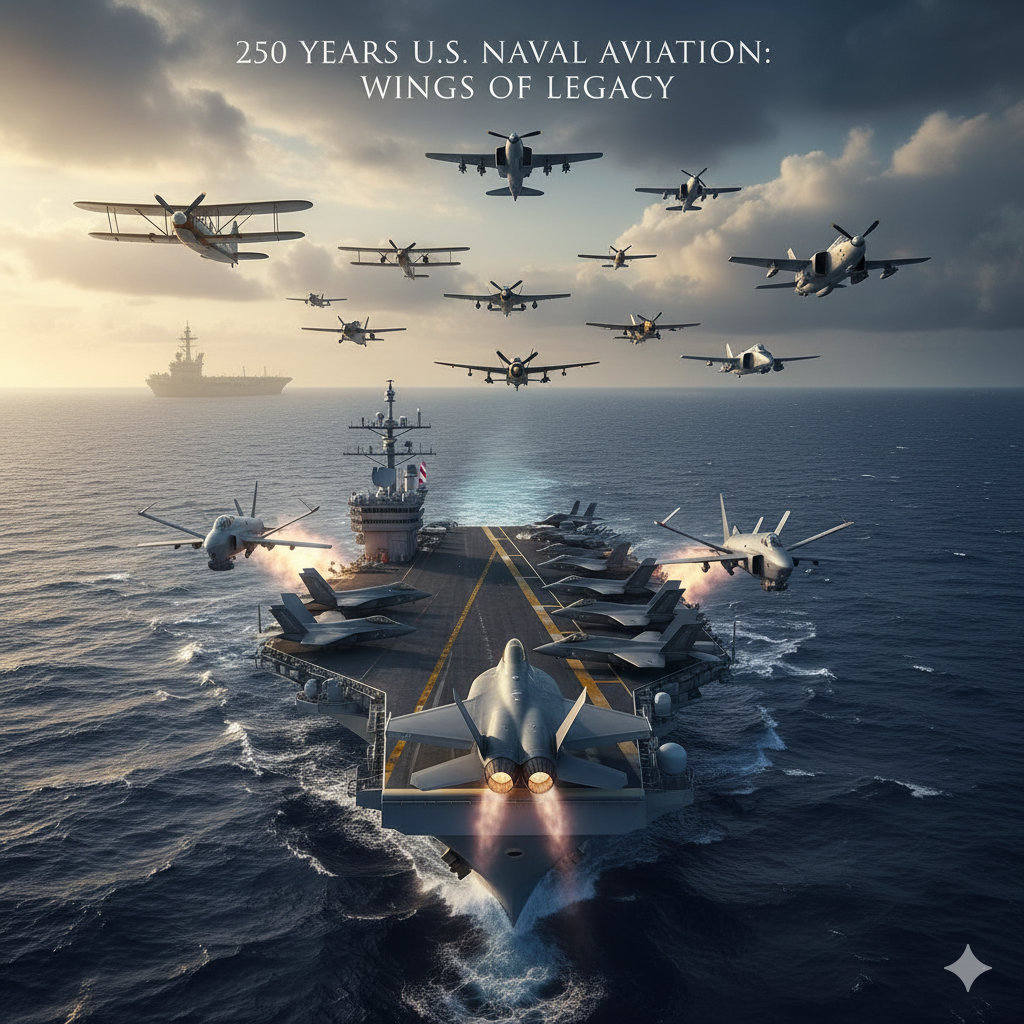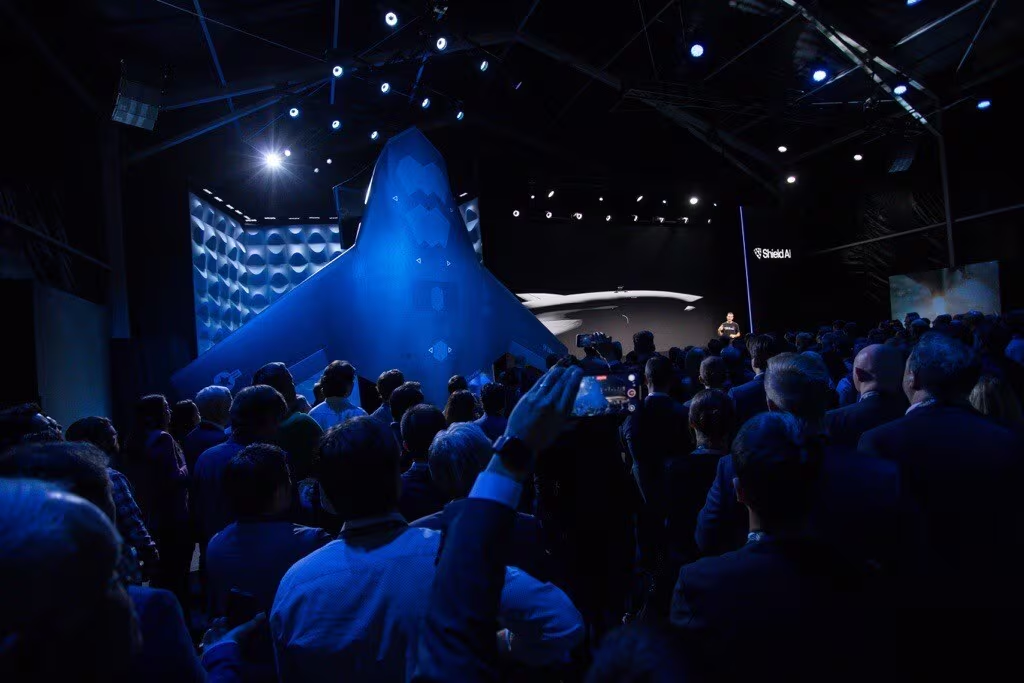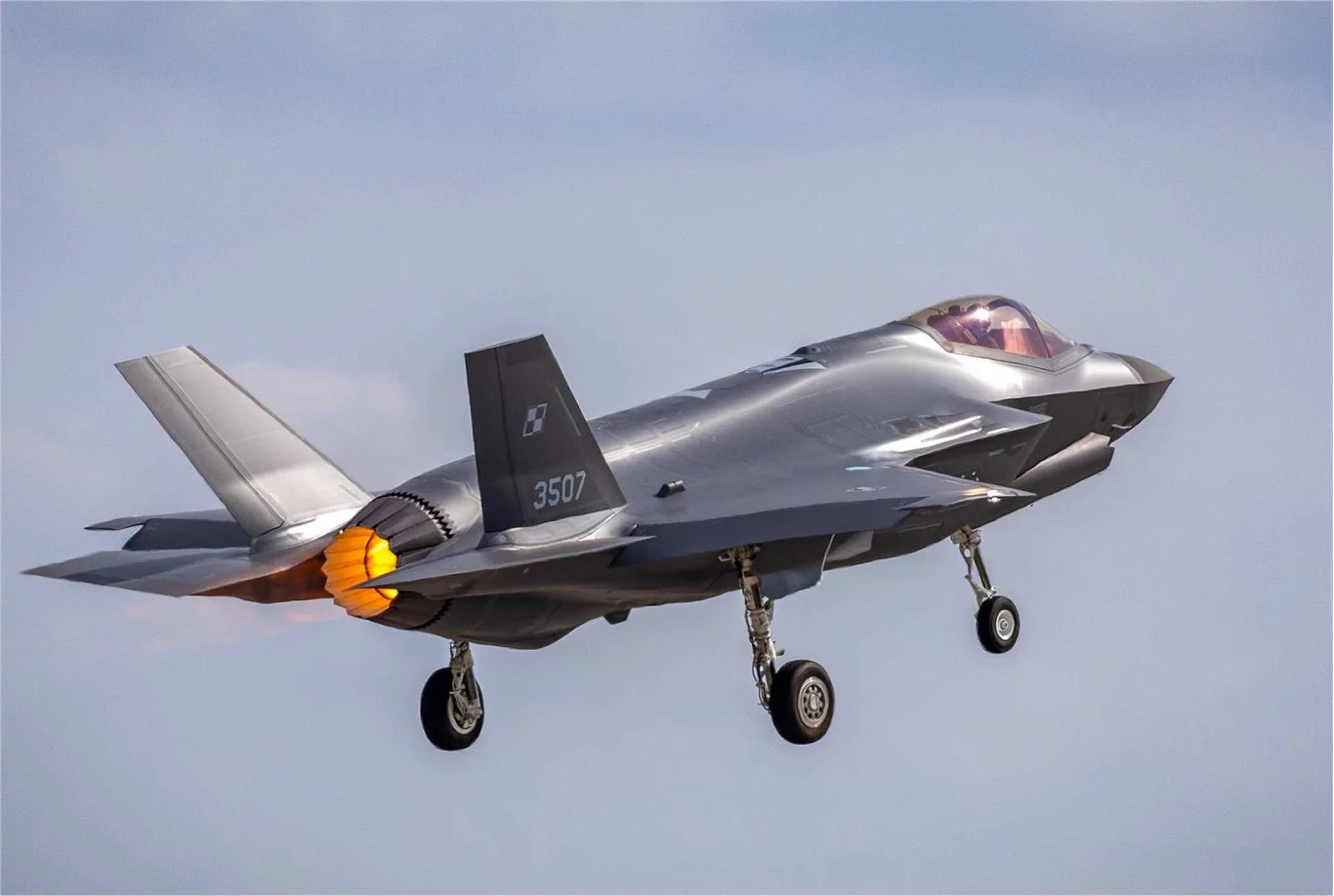As the United States Navy approaches its 250th anniversary, it’s a fitting moment to reflect on the incredible journey of its aviation arm. From the rudimentary biplanes of the early 20th century to the supersonic stealth jets of today, U.S. Naval Aviation has been a relentless force of innovation, courage, and technological advancement. It’s a story of pioneering spirits, daring feats, and an unwavering commitment to defending freedom and projecting American power across the globe.
The Dawn of a New Era: Taking to the Skies (Early 20th Century)
The concept of integrating aircraft into naval operations was initially met with skepticism. Ships were for sailing the seas, not for launching fragile flying machines. Yet, visionary leaders understood the immense potential. The official birth of U.S. Naval Aviation is often traced back to May 8, 1911, when the Navy purchased its first two aircraft. This was a true leap of faith, as the technology was still in its infancy.
Early naval aviators were true pioneers, testing the limits of both man and machine. Eugene Ely’s daring flight off the USS Birmingham in 1910 and his subsequent landing on the USS Pennsylvania in 1911 proved the feasibility of shipboard operations – a monumental achievement that laid the groundwork for the modern aircraft carrier. These early days were marked by experimentation, often dangerous, as pilots grappled with the challenges of taking off and landing from moving platforms at sea. They developed rudimentary arresting gear, launch mechanisms, and navigation techniques, all while facing the inherent dangers of early aviation technology. The courage of these individuals, often flying open-cockpit biplanes with limited instrumentation, cannot be overstated. They were laying the foundation for a future where the skies above the oceans would become a crucial battleground.
World War I and the Interwar Years: Growth and Maturation
While World War I saw limited direct aerial combat for the U.S. Navy, it was a crucial period for establishing naval air stations, training programs, and refining operational procedures. The experience gained in patrolling coastal waters and conducting reconnaissance missions proved invaluable.
The interwar period, however, was where naval aviation truly began to mature. This era witnessed the commissioning of the Navy’s first true aircraft carriers, like the USS Langley, Lexington, and Saratoga. These floating airfields were revolutionary, transforming naval warfare. Engineers and aviators worked hand-in-hand to develop specialized naval aircraft – dive bombers, torpedo bombers, and fighter planes – each designed for the unique demands of carrier operations. The concept of the “carrier air wing” began to take shape, with different aircraft types working in concert to achieve mission objectives. Pilots honed their skills, developing advanced landing techniques and mastering the art of aerial combat and attack strategies crucial for the impending global conflict. The Navy’s investment in carrier aviation during this period would prove to be one of the most prescient strategic decisions in military history.
World War II: The Apex of Carrier Warfare
World War II unequivocally cemented the aircraft carrier’s dominance and the indispensable role of naval aviation. The vast expanses of the Pacific Theater, in particular, made air power delivered from carriers absolutely essential. Battles like Coral Sea, Midway, and the Philippine Sea were fought and won predominantly by naval aircraft.
The pilots of World War II became legends. Their bravery in the face of overwhelming odds, their precision in delivering ordnance, and their skill in aerial dogfights turned the tide of the war. Aircraft like the F4F Wildcat, F6F Hellcat, SBD Dauntless, and TBF Avenger became iconic symbols of American air power. The sheer scale of carrier operations, with dozens of aircraft launching and recovering in rapid succession, was a logistical marvel. Naval aviators faced not only enemy fire but also the constant peril of carrier landings, especially in rough seas or at night. Their dedication and sacrifice forged the “Wings of Gold” into a symbol of unparalleled excellence and courage.
The Cold War and Beyond: Jet Age and Technological Escalation
The advent of the jet age after World War II brought another seismic shift. Naval aviation rapidly transitioned from propeller-driven aircraft to faster, more complex jet fighters and bombers. This required significant investment in new carrier designs, catapult systems, and arresting gear capable of handling the increased speeds and weights of jet aircraft.
The Cold War saw naval aviation at the forefront of global deterrence, maintaining a constant vigil against potential adversaries. Carrier strike groups became powerful symbols of American reach and readiness, deploying to hot spots around the world. Conflicts in Korea, Vietnam, and the Gulf Wars further showcased the adaptability and lethality of naval air power. Aircraft like the F-4 Phantom II, F-14 Tomcat, A-6 Intruder, and later the F/A-18 Hornet, became workhorses, performing a myriad of missions from air superiority to ground attack. The development of advanced radar systems, air-to-air missiles, and precision-guided munitions transformed naval aviation into an even more potent force. The integration of advanced electronics, electronic warfare capabilities, and sophisticated surveillance aircraft ensured that the U.S. Navy maintained a technological edge.
The Modern Era: Stealth, Drones, and the Future
Today, U.S. Naval Aviation stands at the pinnacle of technological advancement. The fleet is comprised of state-of-the-art aircraft like the F-35C Lightning II, a fifth-generation stealth fighter, designed to dominate the skies and penetrate advanced enemy defenses. These aircraft, operating from nuclear-powered supercarriers, represent an unmatched capability for power projection and global reach.
But the future isn’t just about manned aircraft. The rise of unmanned aerial vehicles (UAVs) and drones is rapidly reshaping naval aviation. The Navy is investing heavily in integrating advanced autonomous systems for reconnaissance, surveillance, and even strike missions. The development of carrier-capable drones like the MQ-25 Stingray for aerial refueling is just the beginning. The next 250 years will undoubtedly see an even greater integration of artificial intelligence, machine learning, and advanced robotics into naval air operations, pushing the boundaries of what’s possible.
Conclusion: An Enduring Legacy
As we look back at 250 years of U.S. Naval Aviation, we see a story of continuous evolution, adaptability, and unwavering dedication. From those first tentative flights to the complex operations of today’s carrier strike groups, the “Wings of Gold” have symbolized excellence, courage, and technological superiority. The legacy is not just in the machines, but in the countless men and women who have strapped into cockpits, maintained aircraft, directed flights, and supported operations – those who have truly given the U.S. Navy its wings.
The challenges of the future are immense, but the spirit of innovation and the commitment to excellence that have defined U.S. Naval Aviation for a quarter-millennium will undoubtedly guide it forward. As the Navy embarks on its next chapter, its air arm will remain a critical component of national defense, ready to respond to any threat and uphold American interests across the vast oceans of the world.




